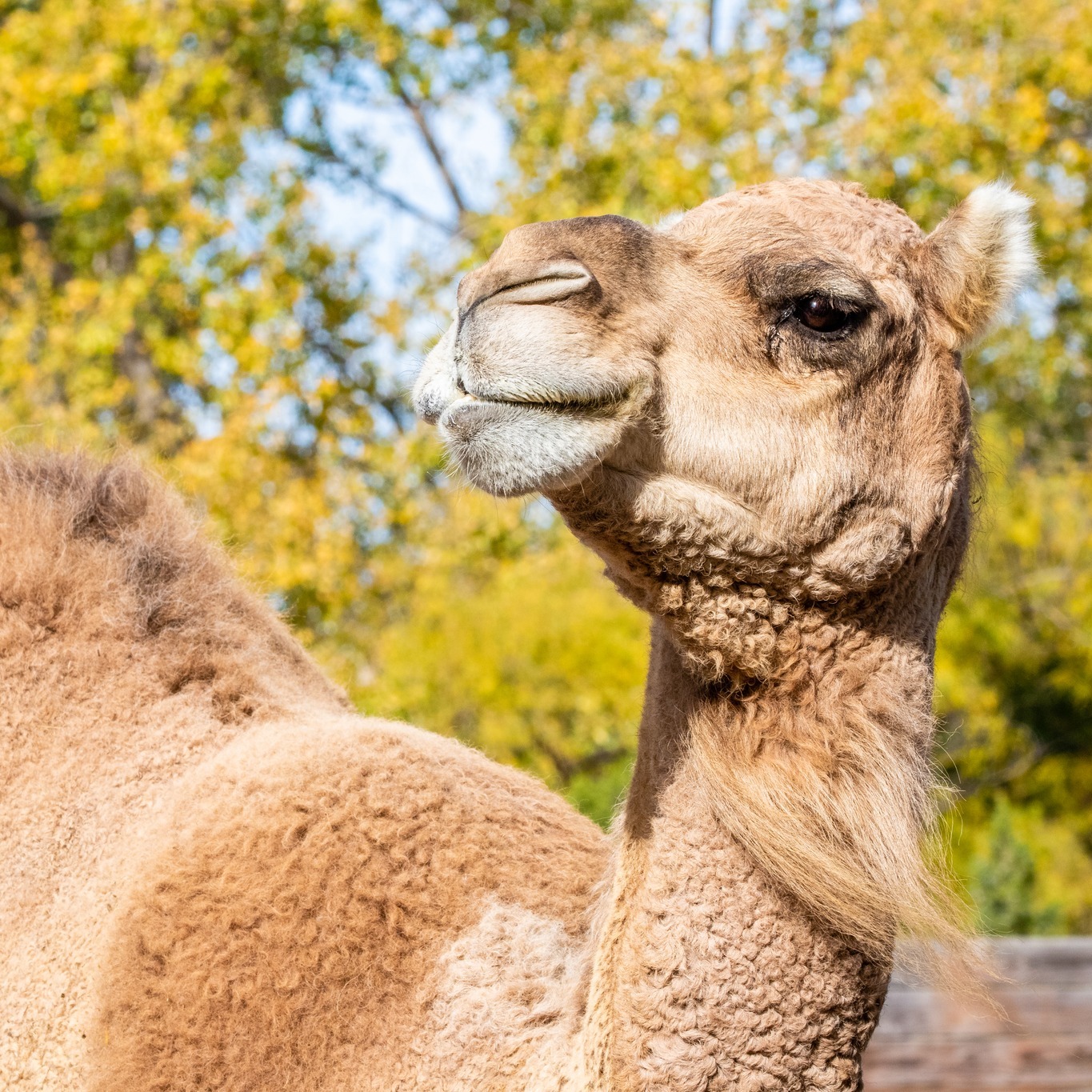– Educational outreach and engagement strategies in zoo settings
– The biology and ecological impact of dromedary camels
– Water conservation adaptations in desert animals
– Zoo conservation efforts and the role of zoos in wildlife preservation
– Strategies for sustainable zoo management and visitor experiences
Educational outreach and engagement programs at the zoo often revolve around intriguing animal behavior or adaptation aspects that capture the public’s interest. Guess what day it is…?!” is more than a catchy phrase; it represents an opportunity to engage visitors in learning about organisms like the dromedary camel and their unique adaptations to their environment. Visitors who come to the zoo this week with anticipation over the chance to see Jamani, a representative of such an adaptable species, will find a learning experience that is both memorable and informative.
Dromedary camels are symbolic of resilience and adaptation in the animal kingdom. Adapted to the harsh conditions of desert climates, these creatures can go long without drinking water, a feat that astonishes many. This incredible capacity is due to their ability to store substantial amounts of fat within their distinctive hump—up to 80lbs—that can be metabolically converted into water and energy when required. This incredible mechanism allows camels to thrive where other species find survival challenging. The dromedary camel is a marvel of evolution and a pivot of ecological importance in its habitat, acting as a species well-suited for life in arid regions.
Desert animals have evolved various water conservation adaptations that are fascinating highlights for educational programs at zoos. Aside from the dromedary camel’s fat-to-water conversion, many desert-dwelling animals have developed behaviors and physiological mechanisms to minimize water loss. For instance, some species are nocturnal, staying out of the day’s heat, whereas others have highly concentrated urine to reduce water loss, or they might obtain moisture directly from the food they consume. These strategies showcase the remarkable ways animal species can persist in extreme environments.
Zoos play a critical role in wildlife conservation, engaging in both in-situ and ex-situ efforts to preserve biodiversity. Efforts range from breeding endangered species to reintroducing individuals into native habitats, contributing to genetic diversity and ecosystem stability. For instance, dromedary camels are not currently endangered, but their wild counterparts, the Bactrian camels, face numerous threats. Zoos help raise awareness of such issues and often contribute directly to conservation initiatives. Learning about Jamani can be a gateway to broader discussions about conservation and the plight of less fortunate species.
Sustainable zoo management is essential to the longevity and impact of these organizations. The focus extends beyond animal care to include the visitor experience, conservation messaging, and minimizing the institution’s environmental footprint. Modern zoos strive to create engaging exhibits that mimic natural habitats, offer dynamic educational programs, and operate on principles of environmental stewardship. These strategies ensure that guests enjoy learning about animals like Jamani and receive a broader message of conservation and sustainable living.
In crafting a visitor experience to foster a deeper connection with wildlife, zoos must balance entertainment with education. Guests arriving to find out “Guess what day it is…?!” will be greeted with more than a novel interaction. They’ll uncover the layers of complex adaptations, ecosystems, and conservation strategies that zoos embody. As such, each element of the zoo experience—including promotional strategies, exhibit design, and educational programming—is intentionally developed to inspire action and empathy for wildlife.
By engaging the public in learning about remarkable animals and their habitats through innovative approaches, zoos can strengthen the bond between humans and the natural world. Every visitor intrigued by the dromedary camel’s survival strategies or captivated by a photograph of Jamani is a potential advocate for preservation and an ally in conserving the intricate tapestry of life on our planet.
*****
Source Description
Guess what day it is…?! 👀🐪
If you’re looking for something to do this week, come out to the Zoo and see Jamani!
Dromedary camels, also known as a one-humped camels, can go over a week without drinking water due to the ability to store up to 80lbs of fat that can break down into water and energy when sustenance is not available.
📷Photo Credit: Lou Alexander


